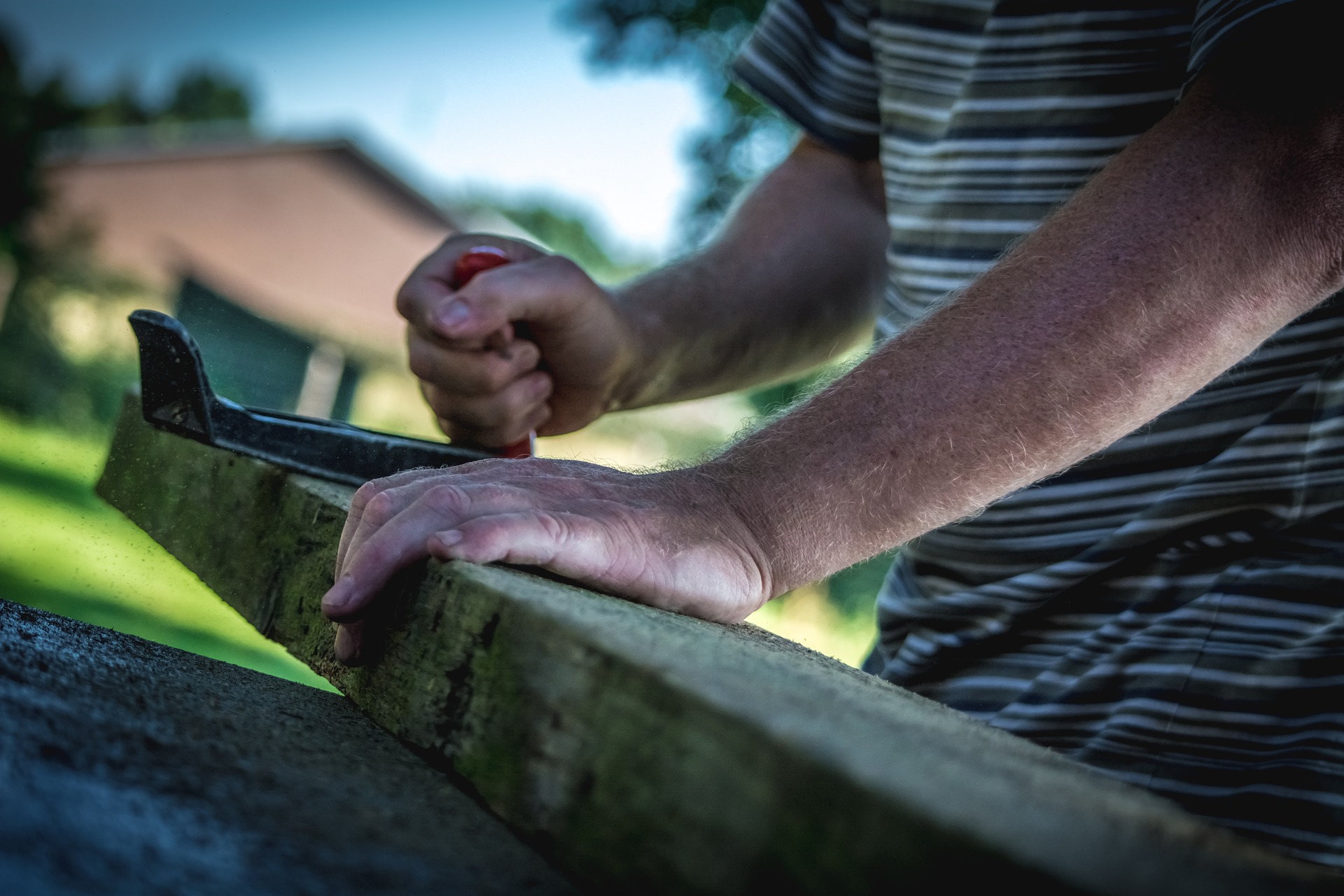4 Easy Woodworking Projects To Teach You How To Use Your Tools
Working with wood is incredibly rewarding, but it is also extremely time-consuming.
While more forgiving than other materials, wood takes time to learn how to craft, especially when you plan on crafting it well.
This means you'll need to spend a lot of weekends taking on small, approachable projects that can help you learn how to use certain tools.
Fortunately, there are many small wooden items you can produce over the course of a weekend, or even a single afternoon, to help you familiarize yourself with the tools you want to use. And without the need to resort to building a birdhouse!
The Sofa Sleeve Cupholder
To do this, begin by measuring the width of the arm of your sofa (we'll call this X), the distance from the top of the arm to the top of the cushion (we'll call this Y), and the length of your forearm plus a held cup of coffee (we'll call this Z). Then, cut one long, thin piece (we'll call it Piece A) which is X inches wide and Z inches long, and two pieces that are X inches wide and Y inches long (we'll call them each Piece B). Sand all pieces, using the best belt sander.
Then, use a hole saw or a drill press to make a nice hole in Piece A wide enough for your coffee mug. Once that is done, glue both of the Piece B parts to the sides of Piece A. Make sure you glue them to the sides, not the bottom, of Piece A, and that all of the pieces are perfectly flush. Use clamps to hold everything together tightly while the glue dries, and then finish it with an appropriate varnish.
Tools you will learn to use: Table Saw, Hole Saw or Drill Press, Tape Measure, Sander, Glue, clamps
The Wooden Tablet Stand
Use your router to cut a single large hole in the bottom 1/4th of the block, down to about 1/2 the block's depth.
Then, use your router to carefully gouge a trench across the block that is slightly wider than your tablet and at about a 45-degree angle.
You can make the angle more or less steep, depending on the angle you prefer to view your tablet at.
Then sand and finish the block to your liking.
The only tool you'll learn to use with this project: router
The Wooden Doormat
The wooden doormat is an excellent project for helping you make sure you are good at getting consistent measurements and also help you get used to sanding and finishing a large number of small pieces.
For this, you will need some pieces of wood all cut to the same length, width, and height, plus two equal lengths of thick, sturdy rope.
Each piece will need to be as long as you want your mat to be, usually about 24 inches long. You will want each piece to be about two inches tall and an inch wide.
Make sure you have enough pieces to where, when separated by an inch, they will make a doormat of the width you prefer.
Drill a hole in each piece of wood about 1/4th the length from one end, then repeat the process for the other end.
Sand and finish each piece of wood.
Tie a square knot at the end of each of the two pieces of rope, then thread the wood pieces onto the ropes, separating them by a half-hitch each time.
Tie a square knot behind the last piece and trim off any extra rope.
Tools you will learn to use: Tape Measure, Sander, Drill
The Cutting Board
Making a cutting board is great practice for learning how to use a belt sander.
For this, you will need two different types of wood, ideally a dark wood and a light wood, to provide proper contrast.
You will want three pieces of the dark wood, cut to the same length, height and width, with the length being the same as the cutting board you wish to make.
The two pieces of light wood should be 1/4th as wide but have the same thickness and length as the darker pieces.
Carefully sand them all level on all the edges, then use a food-safe, waterproof wood glue to glue them together, placing the two light pieces on either side of the dark center piece.
Once the wood glue has fully set, use a table sander to bevel or round the edges and eliminate any imperfections in the way the pieces line up. Do not varnish the cutting board.
Tools you will learn to use: Table Saw, Tape Measure, Sander, Glue

